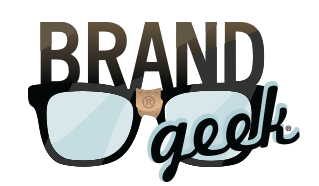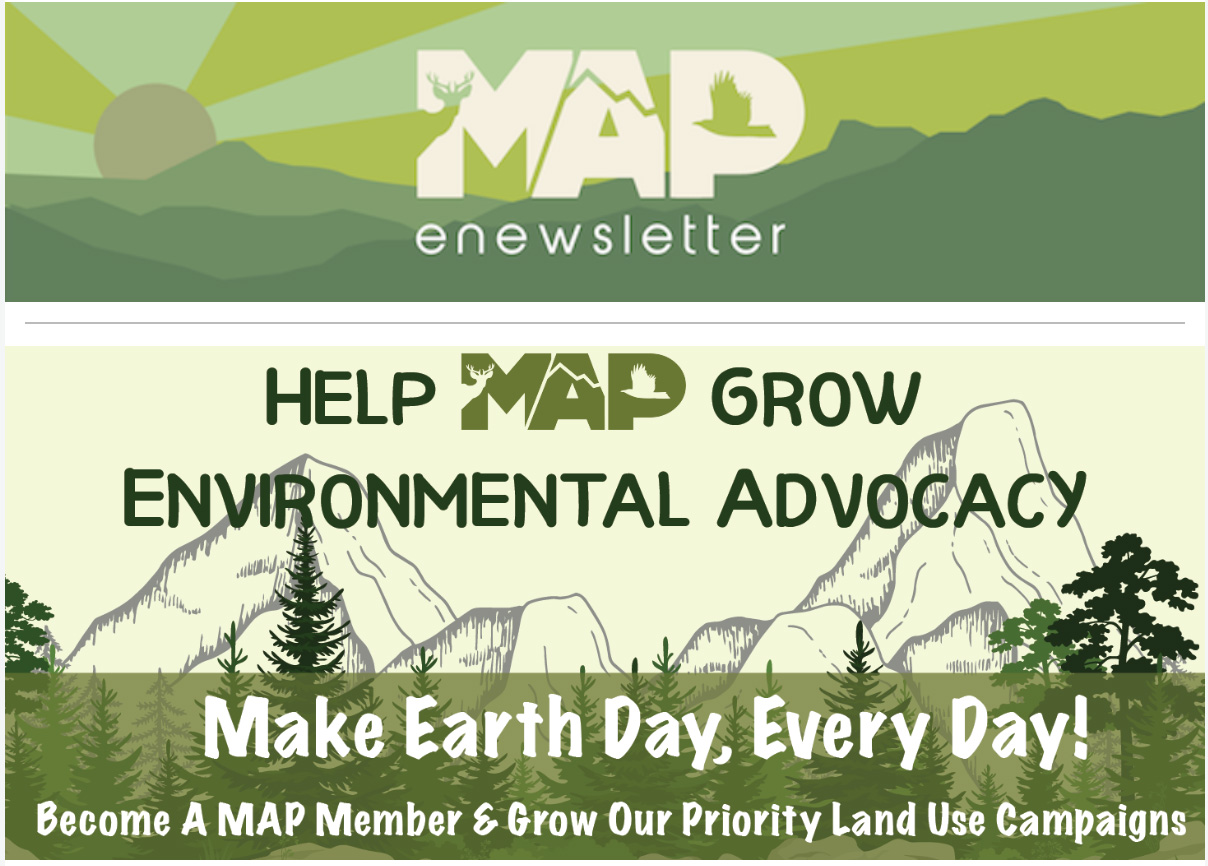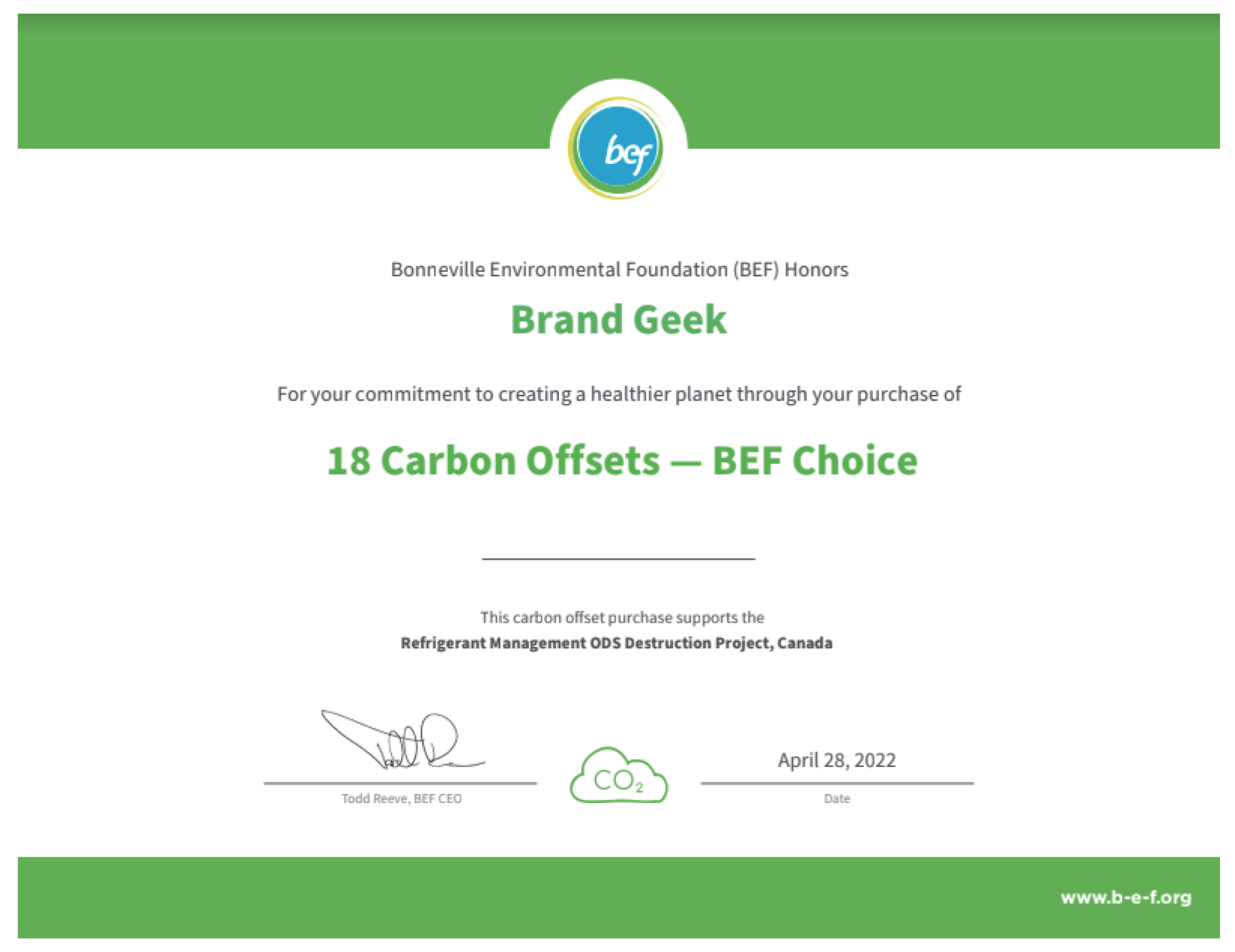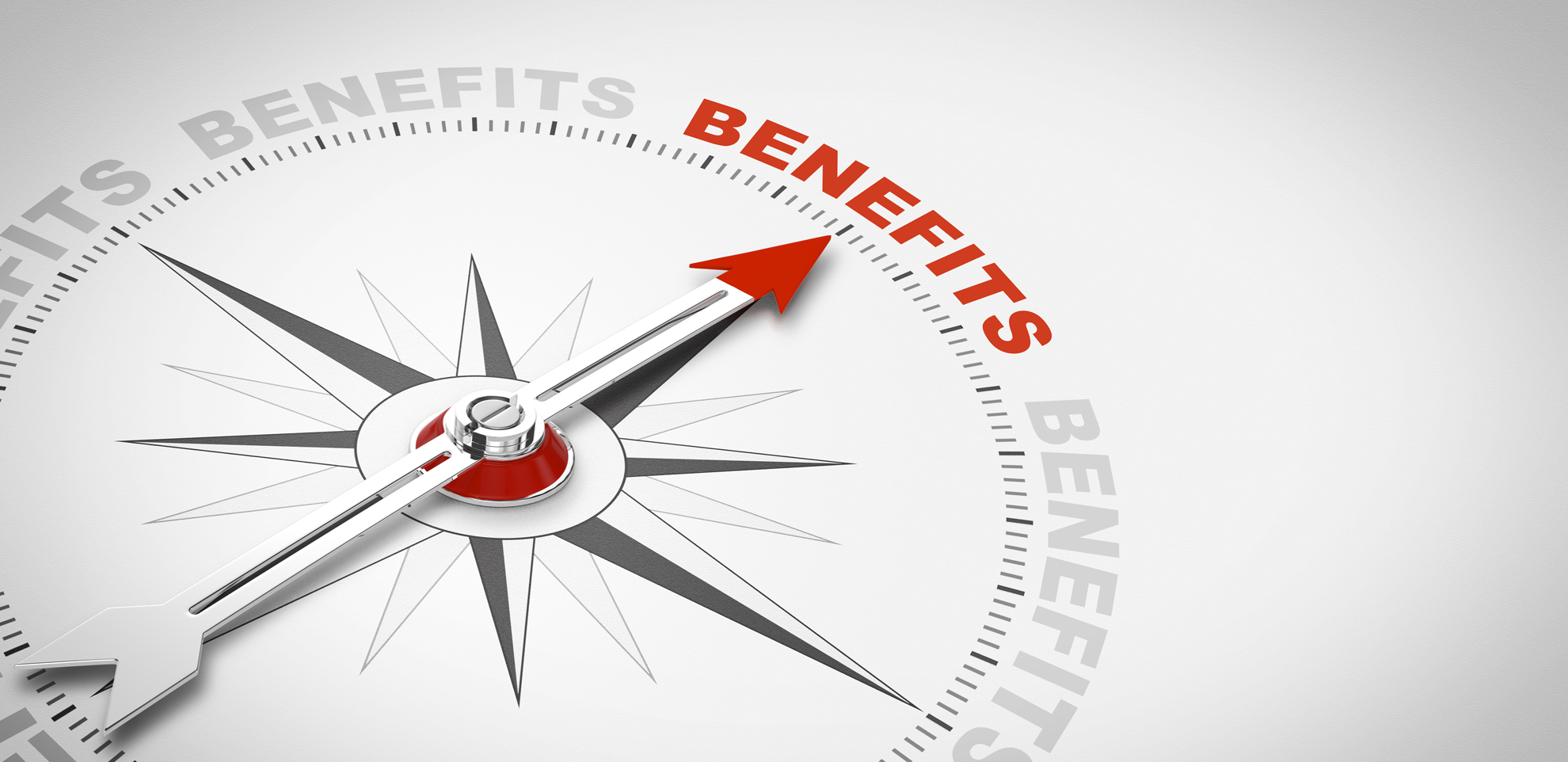Brandgeek proudly supports Mountain Area Preservation and is humbled to be…
Labeling to Save the Planet: GreenBlue’s New Program is FTC Green Guide Compliant
 If your community recycles — you can find out here if you’re not sure — then you probably are familiar with the plastic recycling symbols shown here:
If your community recycles — you can find out here if you’re not sure — then you probably are familiar with the plastic recycling symbols shown here:
As if this system weren’t challenging enough to understand, what do you do when the packaging is comprised of multiple layers of different materials? How do you know what can and cannot be recycled, especially if you and/or your community are new to this recycling thing?
Well, the thoughtful folks at the non-profit GreenBlue just announced their release of a new report titled, “Labeling for Package Recovery,” along with a new consumer information website, How 2 Recycle, which explains a new voluntary recycling label, the Packaging Recovery Label System (PRLS) shown here:

The label was developed by GreenBlue’s Sustainable Packaging Coalition (SPC), an industry working group dedicated to “building packaging systems that encourage economic prosperity and a sustainable flow of materials.” Members include companies you’d expect to see — like Clif Bar, Earthbound Farm and Tetra Pak — alongside companies you might not — like McDonalds, Dow Chemical and Target. A full list of SPC’s nearly 200 members can be found here. Five SPC members will commence use of the PRLS logo starting next year: ConAgra, Costco, Microsoft, REI, and Seventh Generation.
According to the How 2 Recycle website, the goals for the PRLS labeling system are to:
[framed_box]- Reduce confusion by creating a clear, well-understood, and nationally harmonized label that enables industry to convey to consumers how to recycle a package after its use.
- Improve the reliability, completeness, and transparency of recyclability claims through a nationally relevant data set on access to recycling for all packaging materials and forms.
- Provide incentive for industry to participate in a pre-competitive labeling initiative that follows FTC Green Guides.
I posted about the FTC Green Guides (Guides) here, and wrote an article about them here if you want a more lawyerly look (there’s even a quiz at the end so you can test your knowledge!). Essentially, the Guides provide the rules of the game for making environmental marketing claims. The Green Guides aim to help keep marketers honest by avoiding greenwashing and other unfair and/or deceptive environmental advertising claims. There are two main underlying principles throughout the Green Guides: clarification and substantiation. When making claims of environmental benefit, brand owners and their marketers must clearly state both what the benefit is and what aspect or attribute of the product or service provides it. Such claims also must be proven. It is suggested, albeit not required, that this information be provided to the consumer at the point-of-sale.
The PRLS logo meets these directives, as shown in this breakdown from the How 2 Recycle website:
 This easily meets the guidelines set by the FTC.
This easily meets the guidelines set by the FTC.
But what about the IP issues, you wonder? Or am I the only one wondering that? No, I bet I’m not the only one. I bet GreenBlue is thinking about it. In its solicitation page for members to participate in its pilot program, SPC states that the label is NOT for download or use without permission. I wonder what, if any intellectual property (IP) rights GreenBlue will claim in this label. Even more so, I wonder whether it will be successful in any attempts to protect the label through federal registration under copyright or trademark law. My guess is that the logo will be found functional precluding protection under both fields of IP law.
 The PRLS logo is awesome, both because its acronym is pronounced “pearls” and also because it appears to be a textbook case of compliance with the FTC Green Guides. Whether it is protectable intellectual property is another question. My guess is no due to functionality (sorry, GreenBlue!). What’s yours?
The PRLS logo is awesome, both because its acronym is pronounced “pearls” and also because it appears to be a textbook case of compliance with the FTC Green Guides. Whether it is protectable intellectual property is another question. My guess is no due to functionality (sorry, GreenBlue!). What’s yours?





Comments (0)